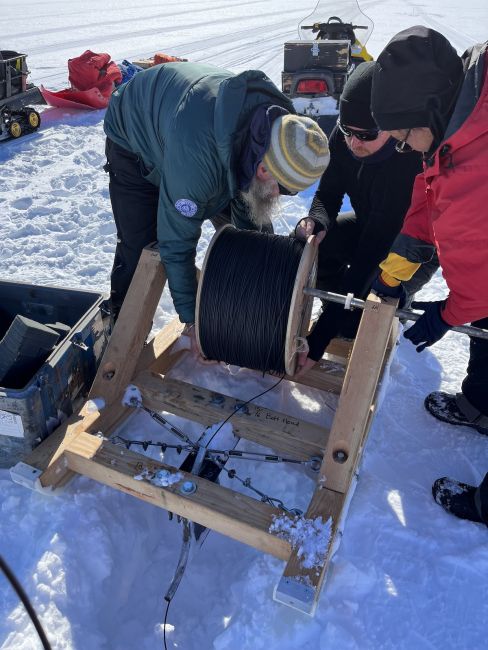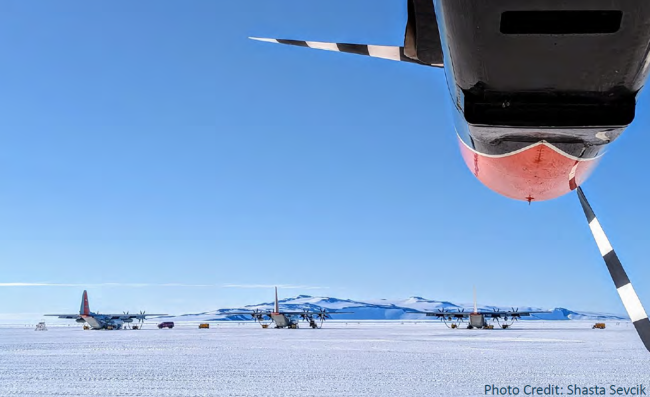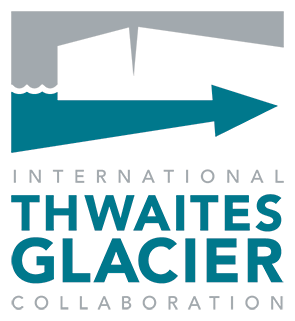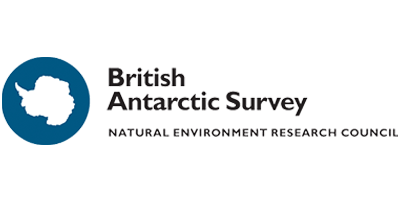
Thirty-seven scientists and over 24 support staff are arriving in Antarctica to work work on Thwaites Glacier. They are part of the ambitious international effort to understand the glacier and surrounding ocean system to determine its future contributions to global sea-level rise. This season represents the final large scale field season of the collaboration.
Thwaites Glacier is extremely remote; the study sites on the glacier are more than 1,600 kilometers (around 1000 miles) away from both the UK’s British Antarctic Survey (BAS) Rothera Research Station and the US Antarctic Program’s (USAP) McMurdo Station. Getting scientists and support staff to the field sites involves transferring people and equipment through multiple camps as staging bases and caravans pulled by specialized tractors (called a traverse), and several different types of aircraft are used to place the teams on the glacier.
The research teams from the International Thwaites Glacier Collaboration (ITGC) have arrived in Antarctica and are ready to move to their remote camps on the glacier when logistics and weather conditions allow. Two of ITGC’s eight research projects will be deployed this season focusing on different aspects of the glacier and its environment. They are Thwaites Interdisciplinary Margin Evolution (TIME), and Geophysical Habitat of Subglacial Thwaites (GHOST).

Most of the teams are moving through the US McMurdo Station, with a smaller number traveling via the UK’s Rothera Research Station. From there, most will move to an existing camp called West Antarctic Ice Sheet Divide (WAIS Divide), the main field hub for access to the remote field sites across Thwaites Glacier. On November 18, a BAS team from Rothera was able to arrive at WAIS Divide and access existing GHOST infrastructure and begin readying the traverse. They began to report local weather observations to improve USAP weather forecasting for the heavy-lift LC-130 aircraft from McMurdo. As of 27 November, this site was accessed by US Antarctic Program field support teams to begin preparing the way for our research teams to arrive in the near future.
The TIME and GHOST teams will make their way to the camp at WAIS Divide before heading further afield to their remote research locations. But first, the team of support staff on site will need to dig out and start equipment, groom the ski-way, move structures into place, get generators and fuel systems going, and complete other tasks to support 37 scientists passing through the camp and onward to their study sites. In parallel, BAS tractors and traverse equipment at WAIS Divide are being de-winterised to support two major GHOST traverses downstream along Thwaites Glacier.
This is a big field season for the GHOST team, who have started later than other ITGC teams due to Covid and logistical delays. GHOST will undertake mapping of the ice and bedrock structure in the central and upper reaches of the glacier. Twenty-two scientists and support staff will begin at the downstream end of the glacier and work steadily back upstream acquiring a number of different data sets on route, including seismic, radar echo sounding, and other geophysical measurements. Two parts, or subsets of the team will use the BAS tractor train infrastructure, Pisten Bully vehicles, and containerised accommodation. The project uses these observation-based studies that examine the bed beneath Thwaites through investigating the sediment, hydrology, and bedrock, integrating them into models in order to assess the ongoing impact on the glacier’s dynamics.
This season the TIME team of 13 scientists and three support staff will head to the Eastern side of the glacier, the shear margin site where the ice deforms as fast flowing ice meets slower ice or rock. Here they will carry out 2D and 3D seismic reflection surveys and radar measurements. The seismic technique uses sound waves at the surface to image the structure of the ice, much like an ultrasound. The experiments involve operating from a stationary remote camp and traveling with a fleet of 12 snowmobiles to install small seismometers in the snow and to tow sled-based radar instruments. Observations made will be fed into computer models to project future change and contribution to sea-level rise.
Ted Scambos, senior research scientist at University of Colorado, who’s part of the ITGC Science Coordination Office, says:
“The field efforts for the work on the upper areas of the glacier are peaking this season – this is where we map the heart and soul of Thwaites, and learn how it will behave in the centuries to come.”
Dr Robert Larter, a senior marine geophysicist at British Antarctic Survey (BAS), who is also part of the ITGC Science Coordination Office, says:
“This work is important. Data collected from Thwaites Glacier will underpin future sea-level rise predictions, providing our governments with the right information for policy and business actions that will help protect coastal cities, ecosystems and vulnerable communities.”







